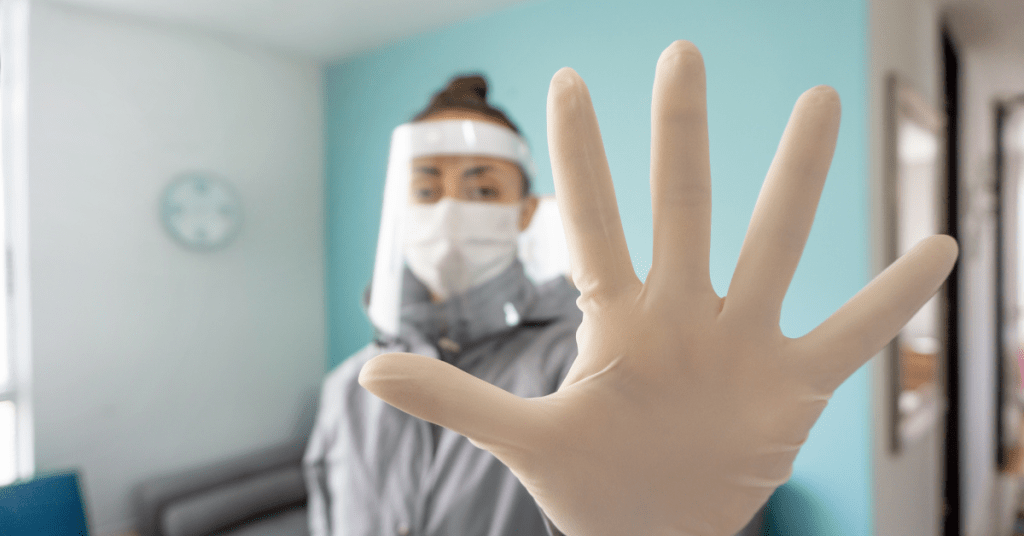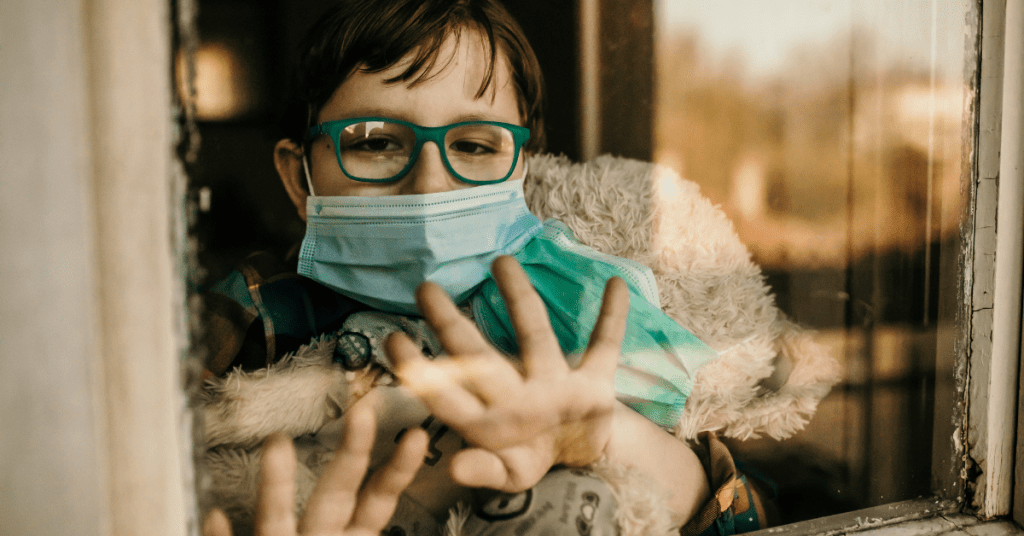Human Metapneumovirus (HMPV) is a respiratory virus that has gained attention for its ability to cause illnesses in people of all ages. It shares similarities with other common viruses like the flu or RSV (Respiratory Syncytial Virus), making it important to understand how it spreads and how to protect yourself and others.
HMPV can lead to symptoms ranging from mild cold-like discomfort to severe respiratory issues, particularly in vulnerable individuals. We’ll explore the various ways HMPV spreads, identify those at higher risk, and discuss prevention tips to keep you safe.
What is HMPV?
Human Metapneumovirus (HMPV) was first discovered in 2001, but it’s believed to have been around for decades. This virus primarily targets the respiratory system, causing infections in the upper and lower airways.

Symptoms of HMPV
HMPV symptoms can vary in severity and may include:
- Runny nose or nasal congestion
- Sore throat
- Cough
- Fever
- Shortness of breath
- Fatigue
- Wheezing (in severe cases)
While healthy individuals may experience mild symptoms, infants, older adults, and people with weakened immune systems are at a higher risk of severe complications like pneumonia or bronchitis.
How Does HMPV Spread?
Understanding the modes of HMPV transmission can help you minimize your exposure and take preventive actions. Let’s dive into the different ways the virus spreads.
1. Direct Contact with Infected People
Direct physical contact with someone carrying the virus is one of the easiest ways to get infected. For example:
- Shaking hands with an infected person
- Hugging or kissing someone who has symptoms
- Caring for a sick person without proper hygiene precautions
The virus is highly contagious during the symptomatic phase, but it can also spread a day or two before symptoms appear.
2. Airborne Droplets
HMPV spreads through respiratory droplets that are released when an infected person talks, sneezes, or coughs. These droplets can:
- Land directly on another person’s face or body
- Hang in the air for a short time in enclosed spaces
- Be inhaled by anyone nearby
This is why maintaining physical distance from individuals showing signs of illness is crucial.
3. Contaminated Surfaces and Objects
HMPV can survive on surfaces for hours, depending on environmental conditions. Common surfaces where the virus may linger include:
- Door handles
- Toys
- Phones and tablets
- Tables and countertops
Touching these contaminated surfaces and then touching your face can transfer the virus to your body.
4. Close Contact in Crowded Places
Crowded environments like schools, offices, public transportation, and daycare centers make it easier for the virus to spread. The more people in a confined space, the higher the chances of exposure to respiratory droplets.
5. Transmission Through Shared Items
Sharing items like water bottles, utensils, or towels with an infected person can also facilitate the spread of HMPV. Children, in particular, are more likely to share toys and snacks, making them more susceptible to infection.

Who is Most at Risk of HMPV Infection?
While HMPV can infect anyone, certain groups are more vulnerable to severe illness. These include:
1. Young Children
Children under the age of 5, especially infants, are more likely to contract HMPV due to their developing immune systems and frequent exposure to shared environments like daycare centers.
2. Older Adults
Adults over 65 years are at a higher risk because the immune system naturally weakens with age, making it harder to fight off infections.
3. People with Chronic Conditions
Individuals with conditions like asthma, diabetes, or heart disease are more likely to experience severe complications from HMPV.
4. Immunocompromised Individuals
People undergoing treatments like chemotherapy or those with diseases affecting the immune system are particularly vulnerable.
How Long Does HMPV Last?
In most cases, symptoms of HMPV appear 4 to 6 days after exposure to the virus. The illness typically lasts for 1 to 2 weeks. However, for people with weakened immune systems, recovery may take longer, and complications can develop.
How to Prevent the Spread of HMPV
Although HMPV is highly contagious, there are effective ways to protect yourself and others. Here are some preventive measures:
1. Practice Good Hygiene
- Wash your hands frequently with soap and water for at least 20 seconds, especially after touching surfaces in public places.
- Use alcohol-based hand sanitizer if soap and water aren’t available.
2. Avoid Close Contact with Sick People
If someone in your household is sick, try to minimize close contact. Encourage the use of tissues or masks to reduce the spread of respiratory droplets.
3. Disinfect Frequently Touched Surfaces
Clean surfaces like countertops, doorknobs, and electronic devices regularly with disinfectant wipes or sprays.
4. Avoid Touching Your Face
The virus can enter your body through your eyes, nose, or mouth, so avoid touching your face, especially with unwashed hands.
5. Maintain Social Distance in Crowded Areas
In public places, keep a safe distance from people who show symptoms of respiratory illness, like coughing or sneezing.
6. Stay Home When You’re Sick
If you feel unwell, stay home to prevent spreading the virus to others.
7. Teach Children Healthy Habits
Encourage children to:
- Wash their hands often
- Avoid sharing items like toys, food, or drinks
- Use tissues to cover their mouths when coughing or sneezing
When to Seek Medical Attention
While most HMPV infections resolve on their own, you should see a doctor if you or your loved one experiences:
- High fever that doesn’t go away
- Difficulty breathing or shortness of breath
- Severe fatigue or weakness
- Persistent wheezing or chest pain
For vulnerable groups like infants or older adults, it’s crucial to monitor symptoms closely and seek prompt medical care if needed.
What to Do If You’re Infected
If you or someone in your family contracts HMPV, here’s what you can do:
- Rest and stay hydrated to support your body’s recovery.
- Use over-the-counter medications like fever reducers or pain relievers to ease symptoms.
- Avoid close contact with others to prevent spreading the virus.
- Follow your doctor’s advice if symptoms worsen or complications arise.
HMPV spreads through direct contact, respiratory droplets, contaminated surfaces, and close interactions in crowded spaces. By practicing good hygiene, staying vigilant in high-risk environments, and taking steps to protect vulnerable individuals, you can reduce the chances of infection.
Remember, prevention is the best defense against HMPV. If you have questions about respiratory illnesses or need medical advice, visit our Ask Questions page for expert guidance.
Stay informed, stay healthy!

